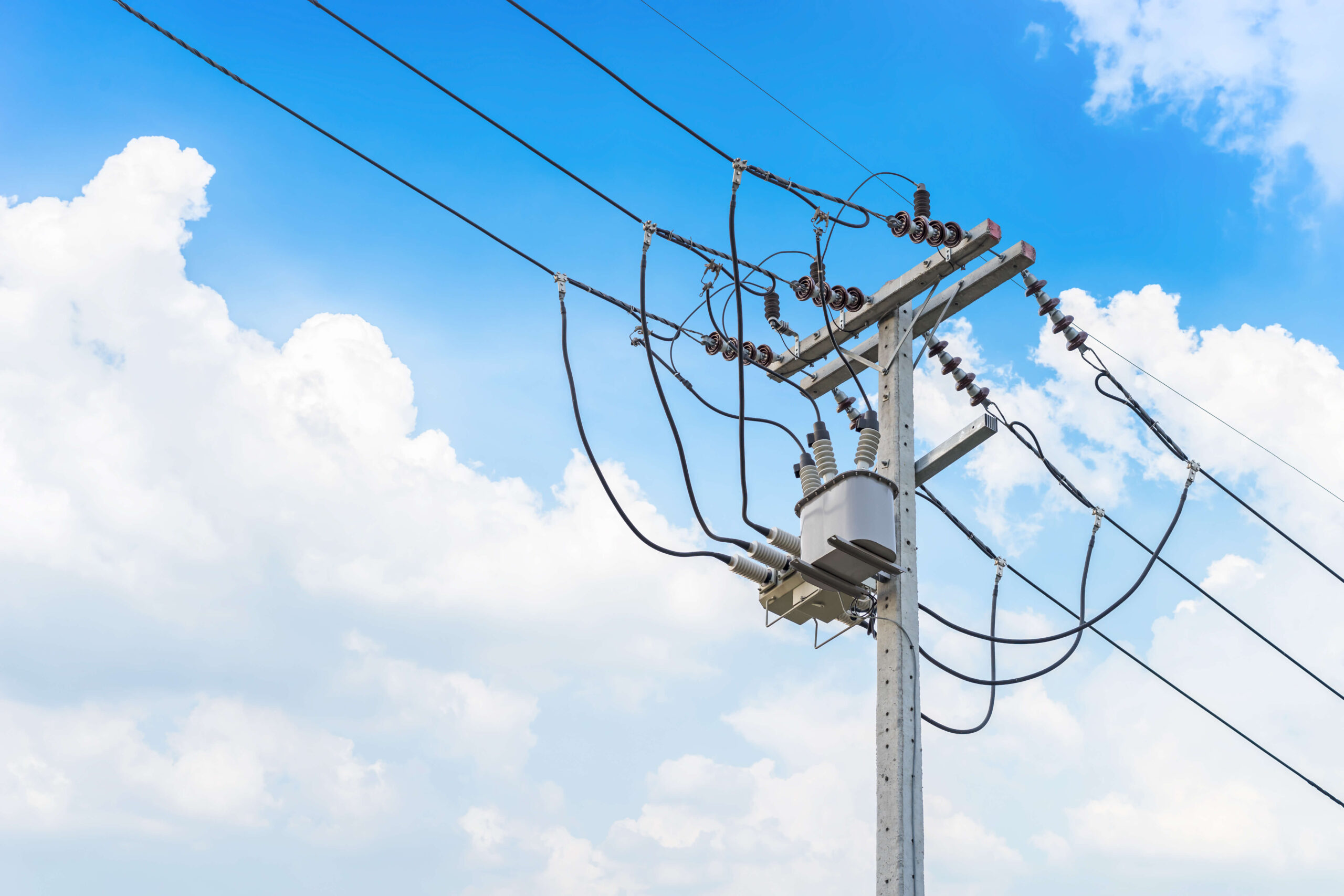The Mine Safety and Health Administration (MSHA) announced today that it was issuing a notice of proposed rulemaking that will amend the Workplace Examination regulation at 30 C.F.R. § 56.18002 (Surface) and § 57.18002 (Underground). The amended regulation, “Examinations of Working Places in Metal and Nonmetal Mines,” will add new recordkeeping and training requirements for operators that will potentially expand enforcement liability for supervisors on mine property. The proposed rule will require (1) that a competent person conduct a workplace examination before work is conducted in a working place; (2) that an examination record be completed before the end of each shift; (3) that mine operators promptly alert miners regarding any identified hazardous conditions; and (4) that the examination record include a description of locations examined, conditions found, and corrective actions taken. MSHA’s Assistant Secretary of Labor Joe Main announced the proposed rule at a stakeholders meeting at the agency’s Arlington, Virginia headquarters this morning. The proposed rule would not change the definition of “competent person” and “working places.”
The Current Rule
The existing regulation requires that “a competent person designated by the operator shall examine each working place at least once each shift for conditions which may adversely affect safety or health” and then “promptly initiate corrective action to correct such conditions.” In addition to this examination and corrective action, the operator is also required to maintain a record that the examination was conducted. Under the existing rule, any imminent danger that the operator identifies must be brought to the immediate attention of management, and all persons are to be withdrawn from the affected area. In compliance with this regulation, operators have designated competent persons (both hourly and supervisory) to conduct workplace exams and prepare a record that indicates the shift, date, and identity of the competent person. The existing rule has never required pre-work examination or recording of identified conditions and corrective actions.
New Operator Requirements
In its current form, the proposed regulation would amend the regulatory language at 30 C.F.R. §§ 56.18002 and 57.18002 to read as follows (with the new provisions highlighted in bold):
(a) A competent person designated by the operator shall examine each working place at least once each shift, before miners begin work in that place, for conditions that may adversely affect safety or health.
(1) The operator shall promptly notify miners in any affected areas of any adverse conditions found that may adversely affect safety or health and promptly initiate appropriate action to correct such conditions.
(2) Conditions noted by the person conducting the examination that may present an imminent danger shall be brought to the immediate attention of the operator who shall withdraw all persons from the area affected (except persons referred to in section 104(c) of the Federal Mine Safety and Health Act of 1977) until the danger is abated.
(b) A record of each examination shall be made and the person conducting the examination shall sign and date the record before the end of the shift for which the examination is made.
(1) The record shall include the locations of all areas examined and a description of each condition found that may adversely affect the safety or health of miners.
(2) The record shall also include:
(i) A description of the corrective action taken,
(ii) The date that the corrective action was taken, and
(iii) The name of the person who made the record of the corrective action and the date the record of the corrective action was made.
(3) The operator shall maintain the examination records for at least one year; shall make the record available for inspection by authorized representatives of the Secretary and the representatives of miners; and shall provide these representatives a copy on request.
Expanded Enforcement Liability for Supervisors
These new requirements present significant enforcement liability exposure for mine supervisors. Past enforcement experience has demonstrated that MSHA will focus closely on any conditions and issues identified in workplace examination records to evaluate management’s knowledge of hazards. Identified conditions that cannot be matched up with corresponding corrective actions will then form the basis for allegations of “aggravated conduct” to support the issuance of 104(d)(1) “unwarrantable failure” citations and orders. MSHA will, in turn, use those citations to initiate 110(c) special investigations to determine if agents of the operator have “knowingly violated or knowingly authorized the violation of” a mandatory safety standard. The workplace examination record will likely be the primary evidence of this agent knowledge.
This potential exposure will make it crucial for operators to train their supervisory personnel regarding the impact that uncorrected and unrecorded conditions can have on their legal liability. Mine operators should review workplace exams promptly and initiate any necessary corrective actions immediately. If an operator is unable to correct conditions immediately, it should install barricades and warning signs to prevent exposure to the hazard.
Culmination of Long Time Agency Efforts to Expand Operator Obligations
On several occasions over the years, MSHA has attempted to alter the longstanding enforcement framework for this regulation by announcing new interpretations of the workplace examination standard. The agency’s longstanding goal was to establish a requirement for identifying—on the workplace examination record—hazardous conditions discovered during examinations. In each case, the mining industry challenged this effort and the plain language of the regulation was confirmed.
Most recently, in July of 2015, MSHA issued Program Policy Letter No. P15-IV-01, which announced “best practices” for complying with the workplace examination regulation. The policy opined that a “meaningful” workplace examination record would contain a description of the adverse conditions identified during the workplace examination. With this proposed rule, MSHA has taken a step to turn its policy letter “best practices” into law. It should be noted that the policy letter also includes descriptions of qualifications a workplace examiner should have, what constitutes a working place, and a recommendation that it would be more appropriate for foremen and supervisors to conduct workplace examinations. MSHA has chosen not to address those issues in its initial proposal. It remains to be seen whether those issues—specifically the “competent person” requirement—will be raised and addressed during the comment period.
Request for Comments from Industry
The proposed rule is scheduled to be published in the Federal Register on June 8, 2016, and, in the meantime, MSHA published a fact sheet on the proposed exam rule. MSHA is requesting that the industry submit comments to the agency by September 6, 2016. There will be four public hearings to discuss the rule on July 19 in Salt Lake City, on July 21 in Pittsburgh, on July 26 in Arlington, and on August 4, 2016 in Birmingham. MSHA has specifically asked that the mining community provide comments on the following questions:
- “whether the Agency should require that examinations be conducted within a specified time period, e.g., 2 hours, before miners start work in an area”; and
- “whether the Agency should require that the competent person conducting a working place examination have a minimum level of experience or particular training or knowledge to identify workplace hazards.”
Takeaways
It will be crucial that the mining industry provide input on these questions and address any other concerns with these new requirements. The imposition of a time period requirement potentially converts workplace examinations into pre-shift examinations. This could have dramatic implications for operational procedures, manpower, and resources. More stringent requirements for competent person experience and training could also have an adverse impact on operational flexibility.
MSHA’s proposed workplace examination requirement will have a substantial impact on mine operators’ compliance responsibilities. It will produce a significant recordkeeping obligation on the part of workplace examiners and supervisors. It will also expand the potential exposure of agents of the operator to individual enforcement liability based on conditions and follow-up actions identified in the examination record.
We will continue to cover any developments or further guidance on the proposed rule on Ogletree Deakins’ Mine Safety blog.




